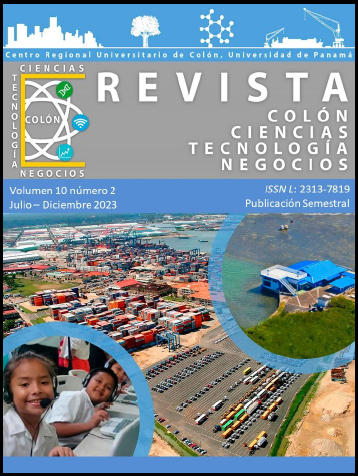

Copyright (c) 2023 Revista Colón Ciencias, Tecnología y Negocios

This work is licensed under a Creative Commons Attribution-NonCommercial-ShareAlike 4.0 International License.
The purpose of this study was to analyze the physical and chemical attributes of liquid waste produced during the extraction of cassava starch. The study focused on determining the levels of various contamination indicators, such as COD, BOD5, and SST. The wastewater from four rallanderias in the "La Balsa" area of the Calderón parish in the Portoviejo canton of Ecuador was sampled during the first half of 2022. The results from a mass balance calculation showed that only 3.06 m3 of residual water is discharged per day from processing 454 kg of starch. This volume of wastewater contains approximately 14 to 18 kg/day of pollutant load, and total cyanide concentrations ranged between 4 and 8 mg CN-/L.